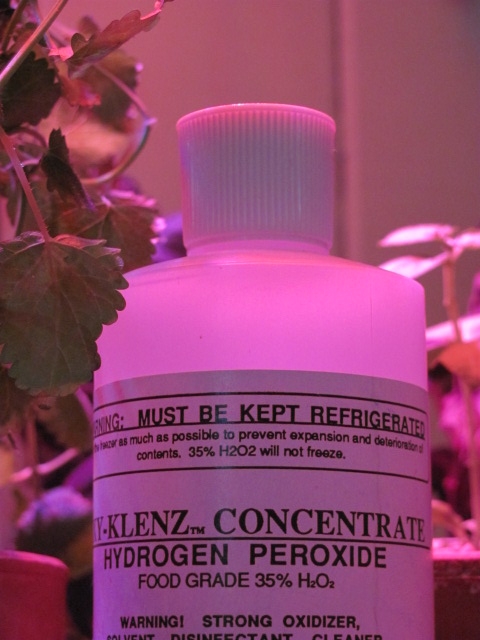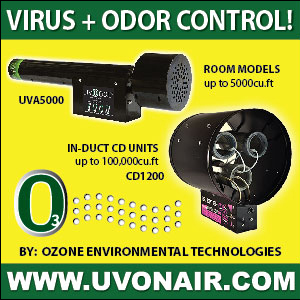
Providing plants with an essential supply of water, no more, no less; is the ideal for any watering regime. The indoor gardener has a leg-up on traditional gardeners simply by being able to control the amount of water each plant receives. The fact that overwatering is the number one killer of indoor plants implies that many of us don’t exercise this control. Water sustains life for more than just your plants and it is often this other life that will first signal you have a problem with overindulging your garden.
If you see tiny, grayish black flies running along your pots or soil when you water, it’s most likely the fungus gnat. This small pest can take a perfectly charming indoor garden and turn it into a swarming eyesore in about a month. Fungus gnats thrive in the damp soil of over watered plants. The larvae feed on your roots and can get into the stem of plants. Adults move from plant to plant spreading plant disease and fungus from one to the next. Few indoor gardeners will manage to avoid their company. The good news is- there is a simple, inexpensive, and natural solution to the problem.
Hydrogen Peroxide is an unstable molecule created in the earth’s biosphere and in our body. When it breaks down, a single oxygen atom and a water molecule are the result. Most people are familiar with the pharmaceutical grade 3% version that is commonly used as an antiseptic. Pharmaceutical H202 is mixed with stabilizers to prolong the shelf life. I recommend food grade for purity’s sake. Food grade Hydrogen Peroxide is generally sold at a 35% concentration and should be handled with extreme care. Before you can use it for anything, it must be diluted. You can dilute the 35% solution to a 3% solution by mixing it one part to eleven parts water (preferably distilled). The storage container should be opaque to prevent light from getting in and it must be able to hold some pressure.
After the hydrogen peroxide has been diluted to 3% take one part of the solution and mix it with 4 parts water. Wait until your plants have dried out and water them with the mix until the water runs through. You will likely only need to use this solution once on mature plants and it may be a little strong for seedlings. This first treatment should kill the larvae already in the soil. The adult gnat has an estimated life span of about a week, but each female lays over 100 eggs in that week. Adding one half inch of horticultural grade sand to the top of your soil should discourage the adults from laying more eggs.
Hydrogen Peroxide is a simple solution to many of the problems associated with over watering indoor plants. If you habitually over water your plants, you can start with 1 tsp then work into 2 1/2 tsp of the 3% mixture per gallon of water and use it all the time to help prevent future problems. But the best method of dealing with fungus gnats is prevention, so stop over watering the plants.
Angela Lundmark is a freelance writer that enjoys gardening outdoors and indoors.
Related Articles & Free Email Newsletter
A Natural Insecticide to Use Against Plant-Eating Insects




Comment here